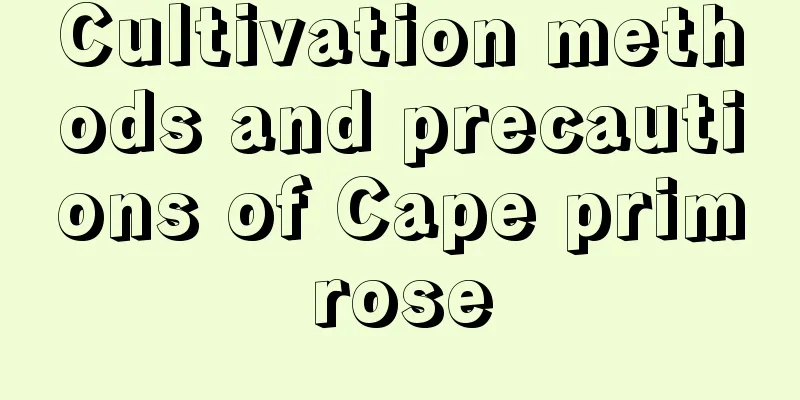How to propagate juniper

1. Preparation of the SeedbedThe seedbed for breeding ground juniper needs to be selected in a relatively flat place with good soil drainage. It is best to choose sandy loam. The width of the seedbed is 120 cm and the height is 30 cm. You can also cover the seedbed with an 8 cm layer of peat soil and a 5 cm layer of fine sand. This can effectively improve the air permeability of the soil and at the same time the water retention effect will be better. Another thing to note is that the soil must be disinfected the day before cutting propagation, which can prevent bacterial infection and increase the survival rate. 2. Selection of cuttingsChoose tenderer branches, but they must be well grown and not attacked by pests and diseases. The length should be between 6 cm and 10 cm. When cutting them, keep the cut flat and retain the top with two or three leaves on it. Cut off some small branches underneath the branches. After the cuttings are cut and processed, they must be propagated in time, otherwise the survival rate of the stale branches will be reduced. 3. Breeding timeThe best time to choose is between the end of July or the first half of August. The temperature during this period is relatively high, there is more rain, and there is plenty of sunshine, which is conducive to rooting. It is not good to plant earlier or later than this time period. In addition, the depth of cuttings is maintained at about 2.5 cm, and the row spacing is generally 5 cm to 10 cm. 4. Post-managementThe most important task after breeding is to provide shade and spray water, and the temperature and humidity must be controlled well. 1. After the branches are cut into pieces, they should be sprayed with water immediately. This will allow the branches and the culture medium to be tightly combined together, which is conducive to the rooting and nutrient absorption of the ground juniper. 2. Set up a shade shed for the breeding seedbed. In the later stage, you should pay attention to check the temperature frequently. The temperature needs to be maintained between 20 degrees Celsius and 25 degrees Celsius. If the temperature is too high, the rooting speed of the ground juniper will be very slow. If the temperature is too low, the cut of the cuttings will rot. 3. Normally, the relative humidity in the shade shed should be maintained between 80% and 85%. In particular, you should pay attention to keeping the propagation substrate moist, but not too humid, otherwise it will cause root rot. The humidity of the air can be achieved by spraying water. Use a spray bottle to spray the roots and leaves. 4. There is one more thing that must be done well, that is weeding and controlling pests and diseases. After the cuttings take root, the shade shed can be removed, and the time for the juniper to be exposed to the sun can be appropriately extended. |
<<: How to maintain champagne roses
>>: How to reproduce the iron chopsticks
Recommend
How to grow hydroponic Green Princess more vigorously
Green Princess is a perennial evergreen foliage p...
Can orchids be grown in pine needles?
Can orchids be grown with pine needles? Pine need...
Bean planting technology and management technology
In southern China, the area of bean cultivation...
What is the outlook for shiitake mushrooms in 2022 (Analysis of expected future market development of shiitake mushrooms)
Time flies, and in ten days or so we will enter 2...
What to do if lavender leaves turn yellow
1. Clear the stagnant water Reason: Lavender need...
The flower language and meaning of the dragon's spit, what are the taboos of giving it as a gift
1. Flower language and meaning 1. Precious and pu...
Are orchids suitable for indoor cultivation?
1. More suitable Orchids are very suitable for gr...
Does the weeping crabapple prefer shade or sun?
Does the weeping crabapple prefer shade or sun? T...
Flamingo breeding methods and precautions
1. Pot soil selection When growing flamingos, you...
How to prune purple bamboo plum
Growing season pruning They grow rapidly during t...
The Monstera at home grew a "big white beard". I asked others and found out that it has such a great effect.
These aerial roots are not completely useless. It...
What to do if the leaves of gardenia turn yellow and have spots
1. Proper lighting Reason: Gardenia is a sun-lovi...
Steps for sowing lily of the valley and when to sow
1. Steps of sowing 1. Prepare the soil: Prepare t...
How to eat cashews
How to eat cashews Make snacks Cashews have a cri...
How to water cymbidium
Water quality requirements First, let’s talk abou...









